What is Web Accessibility?

Web accessibility is the practice of ensuring that websites, tools, and technologies are designed in a manner that makes them accessible to people with disabilities. This involves making the web perceivable, understandable, navigable, and interactive for all users.
The 4 Principles of Web Accessibility

Web accessibility is guided by four core principles, often captured by the acronym POUR: Perceivable, Operable, Understandable, and Robust. These principles serve as a roadmap for creating an inclusive web experience.
Examples of Web Accessibility
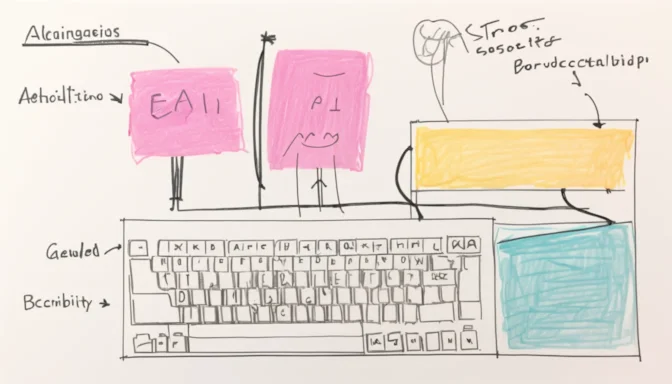
A common example is keyboard navigation, which allows users to move through web elements without requiring a mouse. Such functionality is particularly vital for users who may have mobility impairments.
Website Accessibility Standards
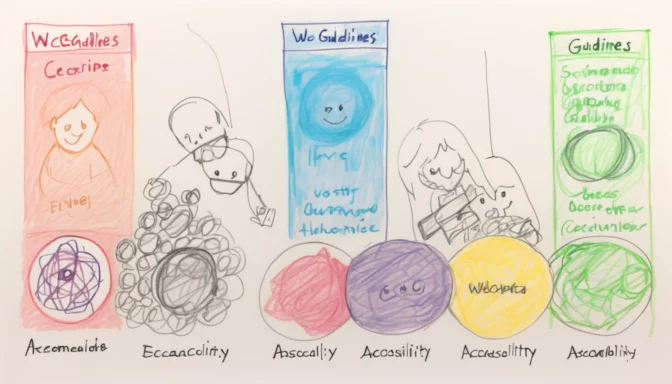
The Web Content Accessibility Guidelines (WCAG) define the criteria for making accessible websites. These guidelines aim at ensuring that web content is Perceivable, Operable, Understandable, and Robust for everyone.
Importance of Web Accessibility

Web accessibility goes beyond mere compliance; it's about inclusivity. It makes websites more usable for all users, irrespective of their abilities, and is equally beneficial in various environments, like noisy or quiet places.
Benefits of Web Accessibility
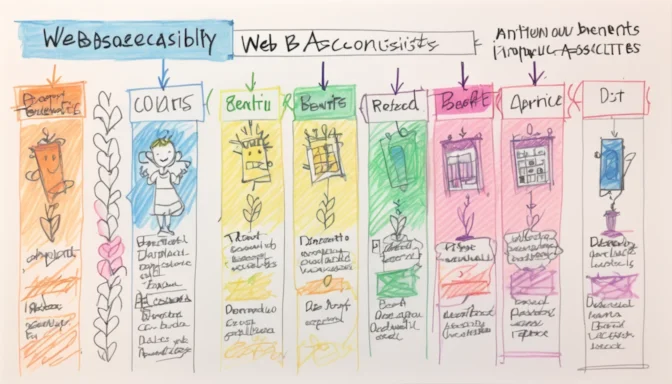
Integrating web accessibility into your website enhances user experience, improves SEO rankings, and adds versatility to your platform. It's a beneficial approach for both the user community and site owners.
Considerations for Web Accessibility

Effective planning involves thinking about assistive technologies, as well as coding practices that work well with screen readers, keyboard emulators, and other accessibility tools.
Accessibility vs Web Accessibility
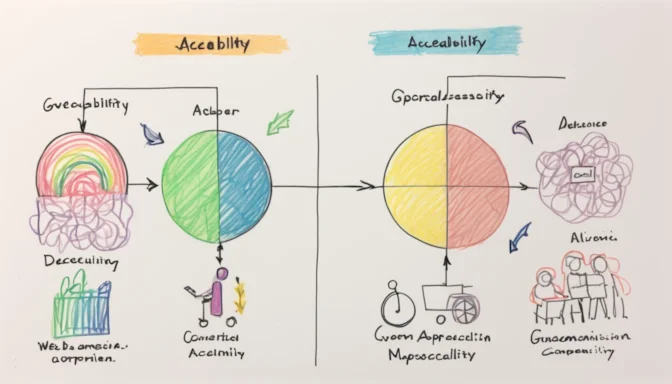
While 'accessibility' generally pertains to offering an equal user experience for all, 'web accessibility' zeroes in on websites and digital tools. The latter is a specific facet of the broader concept of accessibility.
ADA and Web Accessibility

The Americans with Disabilities Act (ADA) emphasizes the importance of web accessibility as a necessity for equal access to information and services. An inaccessible website can act as a significant barrier, much like a physical obstacle.
Digital vs Web Accessibility
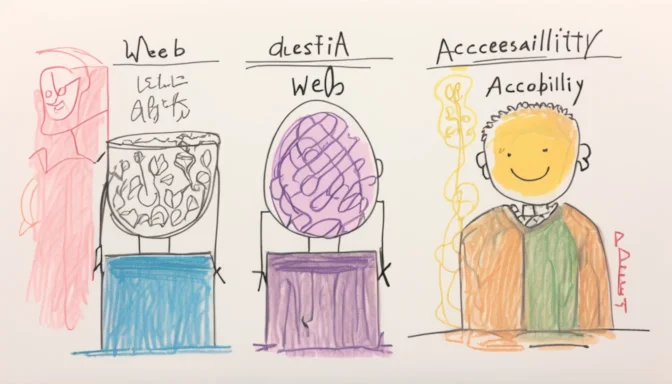
Digital accessibility is a broader term that includes web accessibility but extends to other digital platforms like mobile apps, audio, and video. Understanding this distinction is crucial for creating inclusive digital experiences.
 E-Commerceo
E-Commerceo
